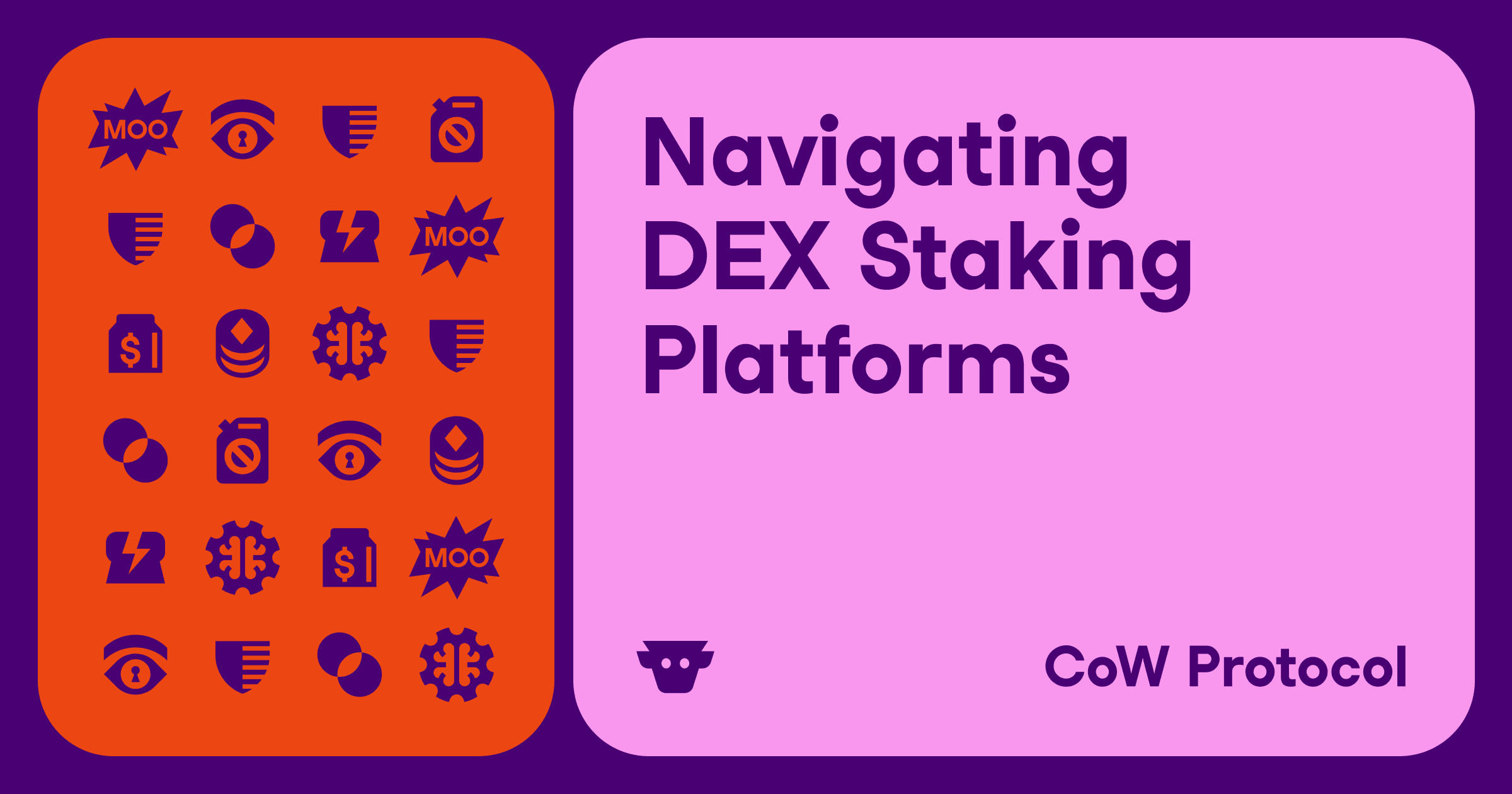How to track market sentiment signals with Dune
Market sentiment manifests in measurable on-chain behaviors that provide concrete evidence of how participants actually allocate capital. Unlike traditional sentiment indicators that rely on surveys or social media analysis, blockchain data reveals trading volume patterns, wallet clustering around specific narratives, and transaction timing with unprecedented precision.
Dune's extensive database covers over 100 blockchains with complete historical data, processing over 3TB of information daily. This comprehensive coverage makes it possible to track sentiment patterns across different market cycles and ensure signals remain current and actionable.
Setting up sentiment tracking dashboards
Creating effective sentiment tracking begins with identifying the right metrics to monitor. Volume-based indicators show immediate market interest, while wallet behavior patterns reveal longer-term sentiment shifts. Address clustering analysis helps identify when institutional or large holder activity concentrates around specific themes.
For example, tracking daily active addresses interacting with decentralized finance protocols reveals whether institutional sentiment toward DeFi remains strong. A dashboard monitoring this metric would query transaction counts across major DeFi protocols, filtering for unique addresses and transaction values above certain thresholds.
Similarly, monitoring new wallet creation rates during market events indicates retail sentiment. Sharp increases in new wallet registrations often precede major price movements, as retail participants enter markets during periods of heightened interest.
Narrative-based sentiment analysis
Cryptocurrency markets operate on rotating narratives that capture investor attention for weeks or months. These narratives include themes like Layer 2 scaling solutions, artificial intelligence tokens, or real-world asset tokenization. Tracking capital flows into narrative-specific token baskets provides early signals of sentiment shifts.
Consider tracking an AI narrative basket containing tokens focused on artificial intelligence applications. When weekly trading volume across these tokens increases by 200% while Bitcoin volume remains stable, this indicates growing sentiment around AI-related projects rather than cryptocurrency generally.
Narrative rotation patterns follow predictable cycles. Early adopters enter when volume is low and prices are stable. Momentum builds as more participants recognize the trend. Peak sentiment occurs when mainstream coverage becomes extensive, often coinciding with price tops. Tracking volume ratios between narrative baskets and broader market indicators helps identify these transition points.
Large holder activity and smart money tracking
Significant holders often move before broader sentiment shifts become obvious. Monitoring large transactions provides early warning signals for major market movements. Dune enables tracking of wallets with specific characteristics, such as those holding substantial amounts across multiple narratives or demonstrating consistent profitability.
For instance, tracking wallets that successfully identified previous narrative rotations creates a "smart money" indicator. When these wallets begin accumulating tokens from a new narrative while reducing exposure to current positions, this signals potential sentiment rotation. A dashboard tracking profitable wallets across multiple sectors would query their transaction history, token holdings, and recent activity patterns.
Large holder transaction timing also reveals sentiment intensity. During strong bullish sentiment, major holders typically transact during high-volume periods, confident that liquidity exists to absorb their trades. During uncertainty, these transactions cluster during off-hours to minimize market impact.
Cross-chain sentiment indicators
Multi-chain analysis reveals sentiment patterns that single-chain analysis misses. When similar narratives show strength across multiple blockchains simultaneously, this indicates broad-based sentiment rather than chain-specific phenomena. Conversely, when sentiment appears strong on one chain but weak on others, narrative strength may be limited.
For example, if DeFi volume increases significantly on Ethereum but remains flat on Solana and Polygon, this suggests the sentiment shift may be Ethereum-specific rather than a broader DeFi revival. However, if all three chains show simultaneous increases, this indicates stronger underlying sentiment toward DeFi generally.
Bridge activity between chains also indicates sentiment flows. When users bridge assets from one blockchain to another, this shows capital flowing toward specific opportunities. Tracking these flows helps predict where sentiment will strengthen next.
Technical implementation strategies
Effective sentiment tracking requires combining multiple data sources into coherent signals. Volume-weighted sentiment indicators provide more reliable signals than simple transaction counts. Weighting by transaction value ensures that large transactions receive appropriate influence in sentiment calculations.
Time-based filtering improves signal quality by reducing noise from automated trading activities. Focusing on transactions occurring during normal trading hours and filtering out micro-transactions helps isolate genuine sentiment-driven activity.
Creating composite sentiment scores involves normalizing different metrics and combining them mathematically. For instance, combining normalized large holder activity scores with retail participation metrics and cross-chain flow indicators creates a comprehensive sentiment index. Each component receives weighting based on historical correlation with price movements.
Real-time monitoring and alert systems
Sentiment shifts happen rapidly in cryptocurrency markets. Real-time monitoring systems enable traders to respond quickly to changing conditions. Dune's query capabilities allow for creating automated alerts when specific sentiment thresholds are reached.
Setting up alerts for unusual large holder activity involves creating queries that monitor significant transactions above historical norms. When large holder transaction volume exceeds the 90th percentile of the past 30 days, this triggers an alert indicating potential sentiment shifts. Similar alerts can monitor retail activity spikes, cross-chain bridge volumes, or narrative rotation signals.
Effective alert systems balance sensitivity with noise reduction. Too many false signals reduce alert value, while too few alerts cause missed opportunities. Testing alert thresholds against historical data helps optimize sensitivity levels.
Interpreting sentiment data for trading decisions
Raw sentiment data requires interpretation within market context. Strong positive sentiment during bear markets often indicates temporary bounces rather than trend reversals. Conversely, negative sentiment during strong bull markets may signal healthy corrections rather than trend changes.
Sentiment divergences provide particularly valuable signals. When price continues rising while sentiment indicators weaken, this suggests potential trend exhaustion. Similarly, improving sentiment during price declines often precedes trend reversals.
Correlation analysis between sentiment indicators and subsequent price movements helps validate signal effectiveness. Indicators showing consistent correlation with price movements 1-7 days in advance provide actionable trading signals. Those with longer lag times serve better as positioning guides for longer-term strategies.
Market sentiment tracking through Dune Analytics transforms abstract market psychology into measurable, actionable data. By monitoring wallet behaviors, narrative flows, and cross-chain activities, traders gain concrete insights into market direction changes before they become obvious through price action alone. Success requires combining multiple indicators, filtering noise appropriately, and interpreting signals within proper market context.
Frequently asked questions
How to know crypto market sentiment?
Crypto market sentiment can be measured through on-chain data and behavioral analysis. Key indicators include trading volume patterns, wallet clustering around specific narratives, transaction timing, and daily active addresses interacting with protocols. Unlike traditional sentiment analysis that relies on surveys, blockchain data provides concrete evidence of how participants actually allocate capital. Monitor whale activity, new wallet creation rates during market events, and capital flows into narrative-specific token baskets to gauge overall market sentiment.
How to follow crypto signals?
Following crypto signals effectively involves tracking multiple data sources and whale activity patterns. Monitor wallets that have successfully identified previous trends to create "smart money" indicators. Set up real-time monitoring systems that alert you when whale transaction volumes exceed historical norms or when retail participation spikes significantly. Focus on volume-weighted indicators rather than simple transaction counts, and use time-based filtering to reduce noise from automated trading. Cross-chain analysis also reveals broader sentiment patterns that single-chain monitoring might miss.
How to track market sentiment?
Market sentiment tracking requires setting up comprehensive dashboards that monitor key metrics across multiple blockchains. Track daily active addresses, transaction volumes, wallet behavior patterns, and narrative rotation cycles. Create composite sentiment scores by combining normalized whale activity, retail participation metrics, and cross-chain flow indicators. Monitor bridge activity between chains to identify capital flows and emerging opportunities. Use volume ratios between narrative baskets and broader market indicators to identify sentiment transition points and potential trend changes.
How to use Dune for crypto?
Dune Analytics processes over 3TB of daily data across 100+ blockchains, making it ideal for comprehensive crypto analysis. Create dashboards that query transaction counts across major DeFi protocols, filter for unique addresses and transaction values above specific thresholds. Set up automated alerts for unusual whale activity, cross-chain bridge volumes, or narrative rotation signals. Use Dune to track profitable wallets across multiple sectors, monitor their transaction history and recent activity patterns. Combine multiple metrics into coherent signals and test alert thresholds against historical data to optimize trading strategies.

